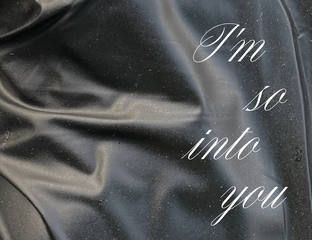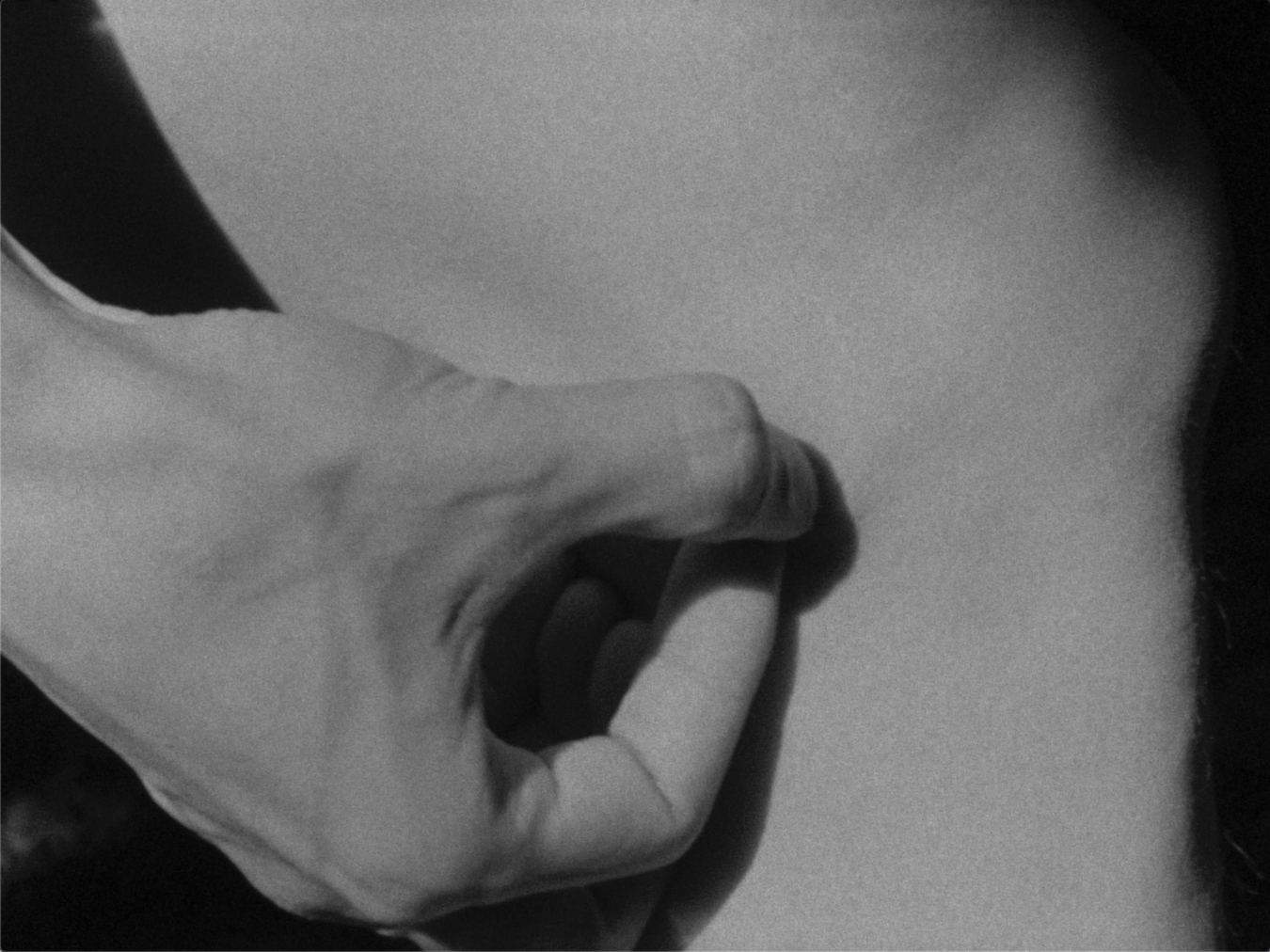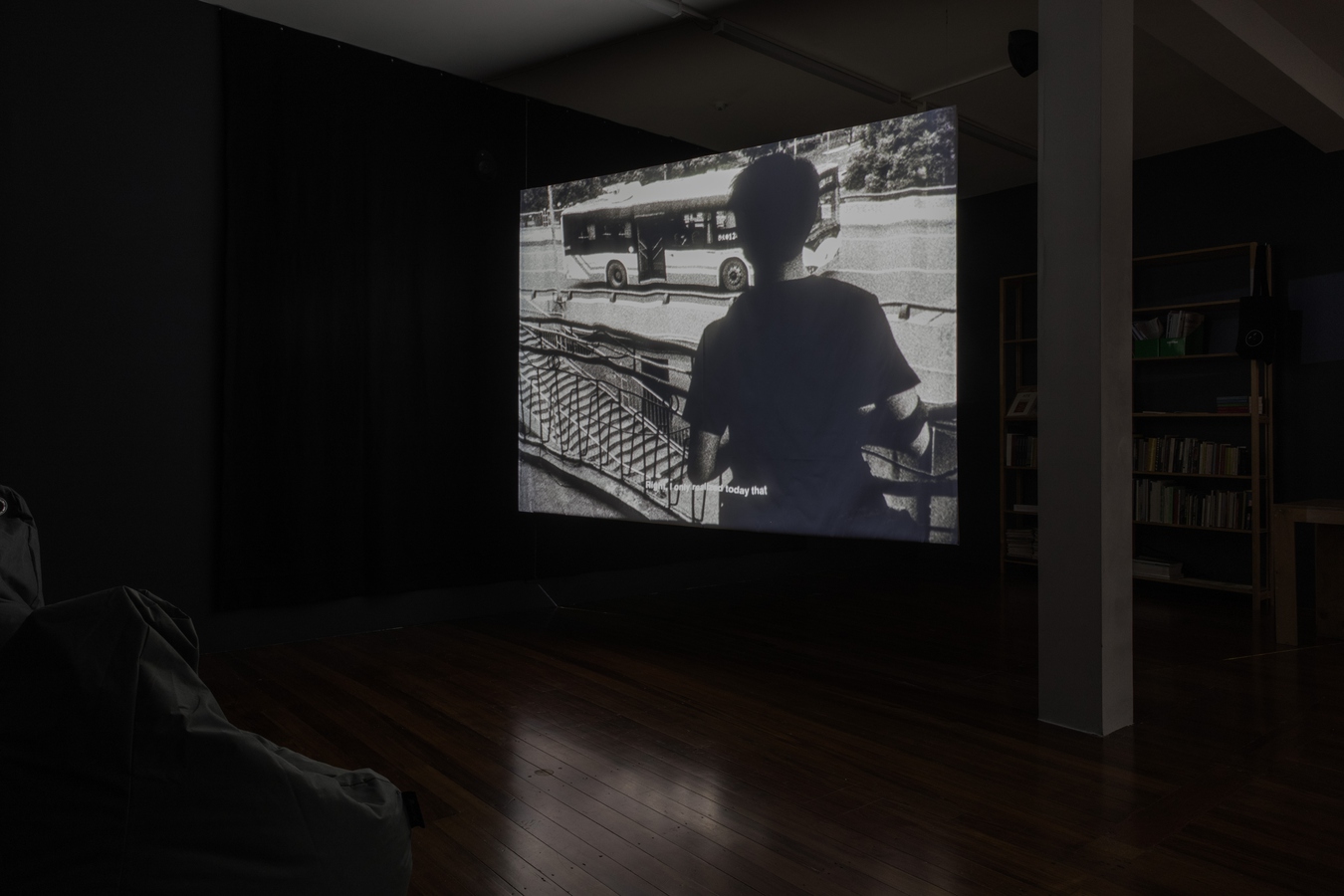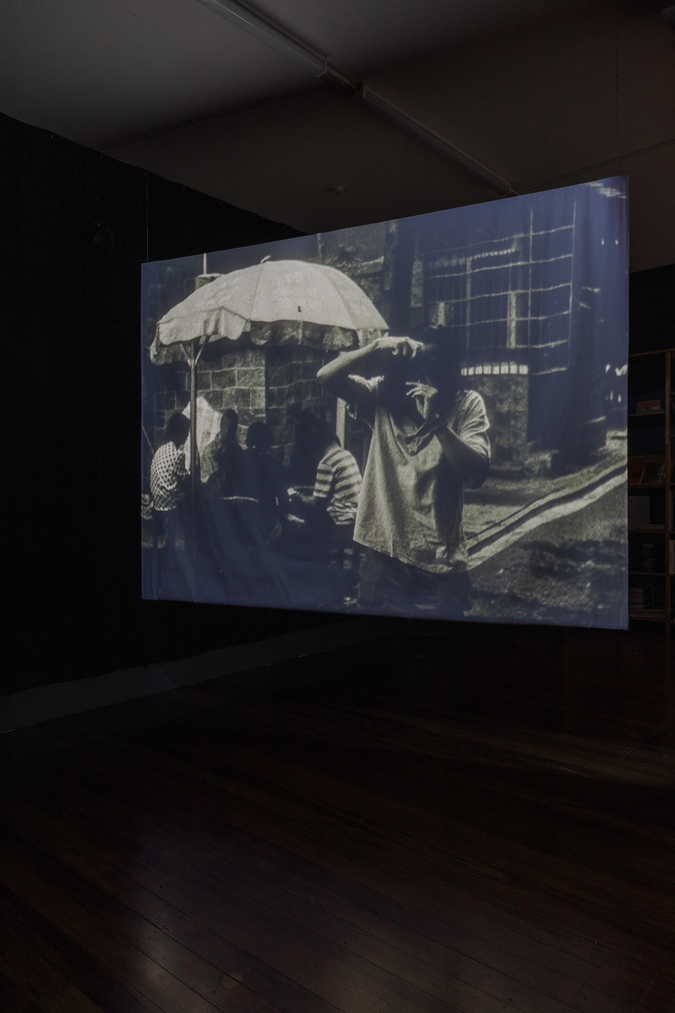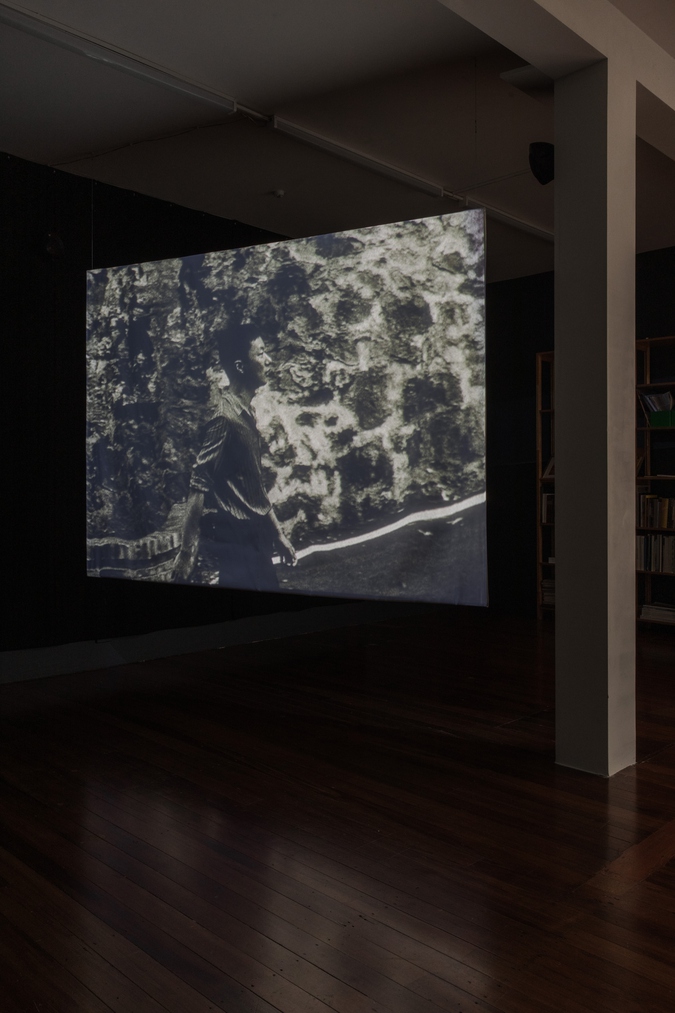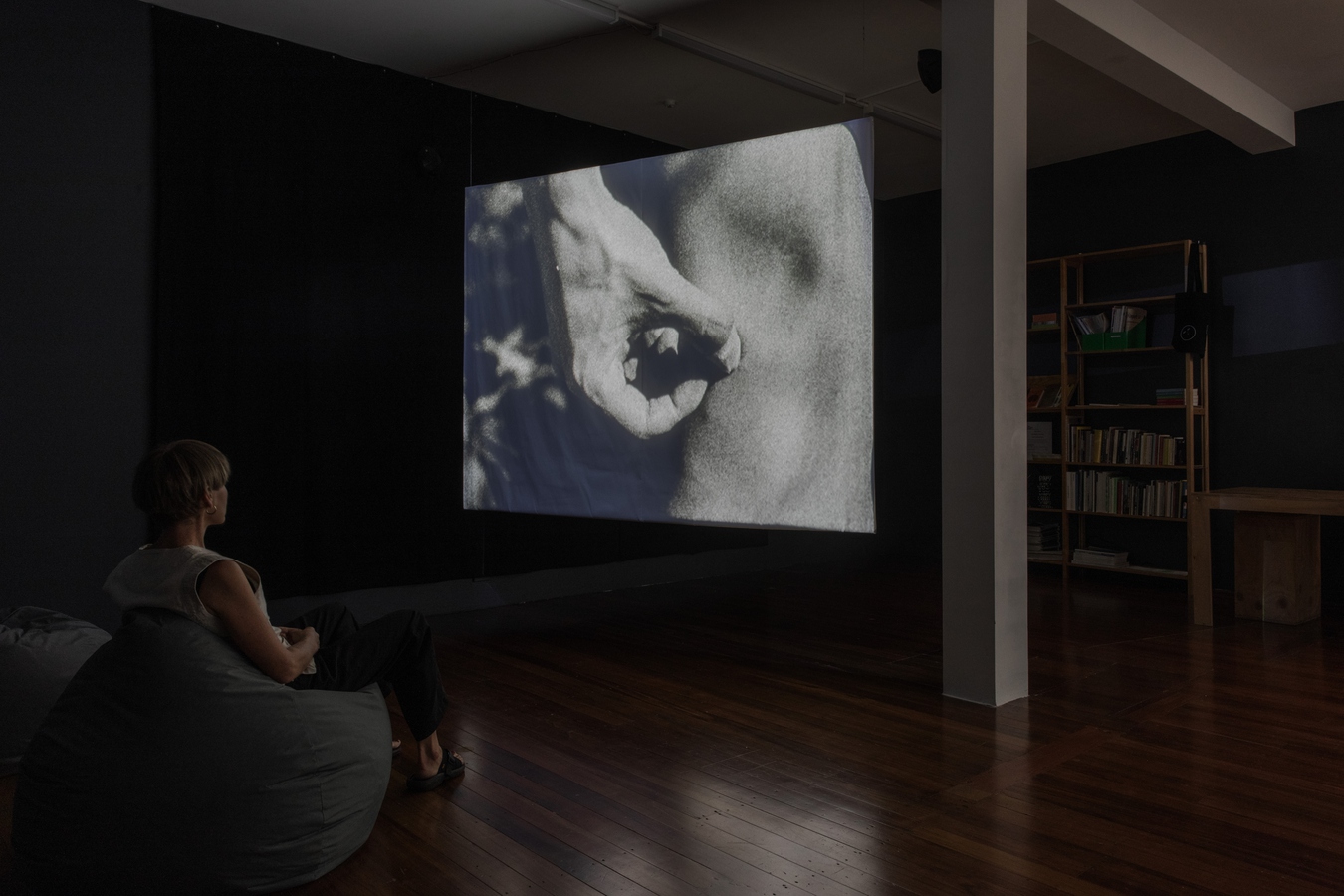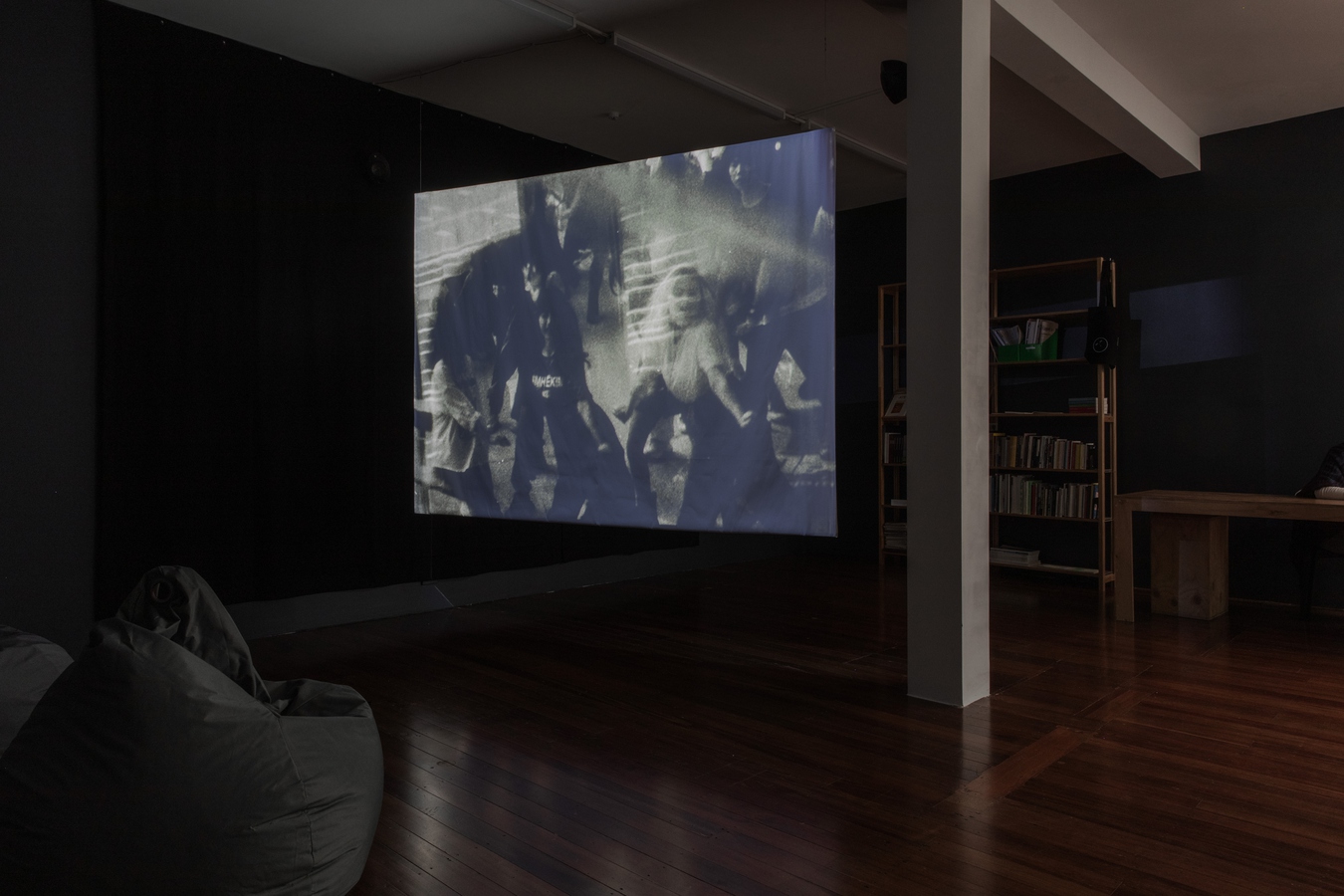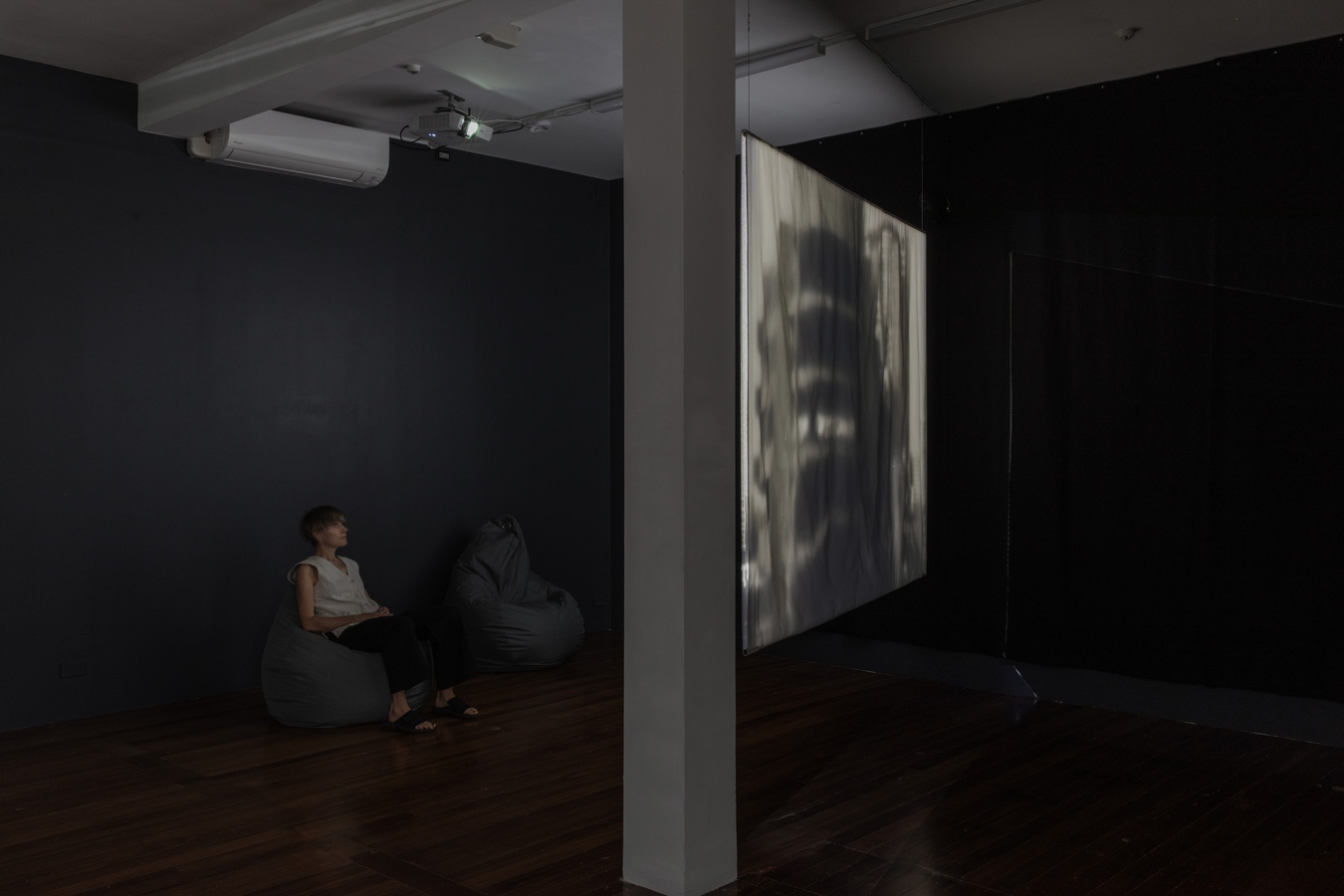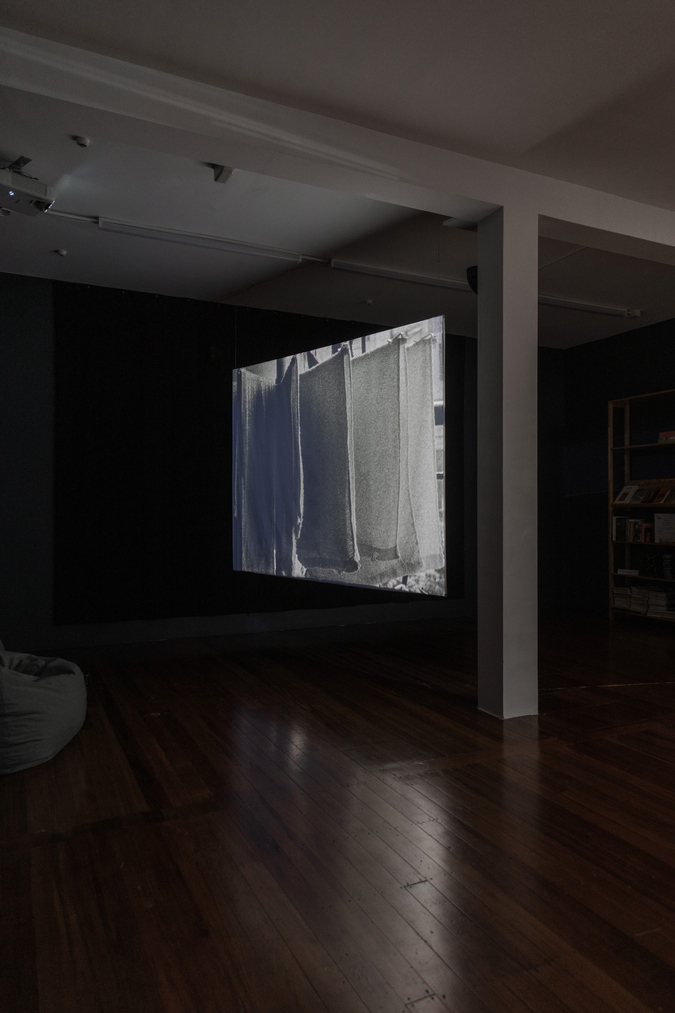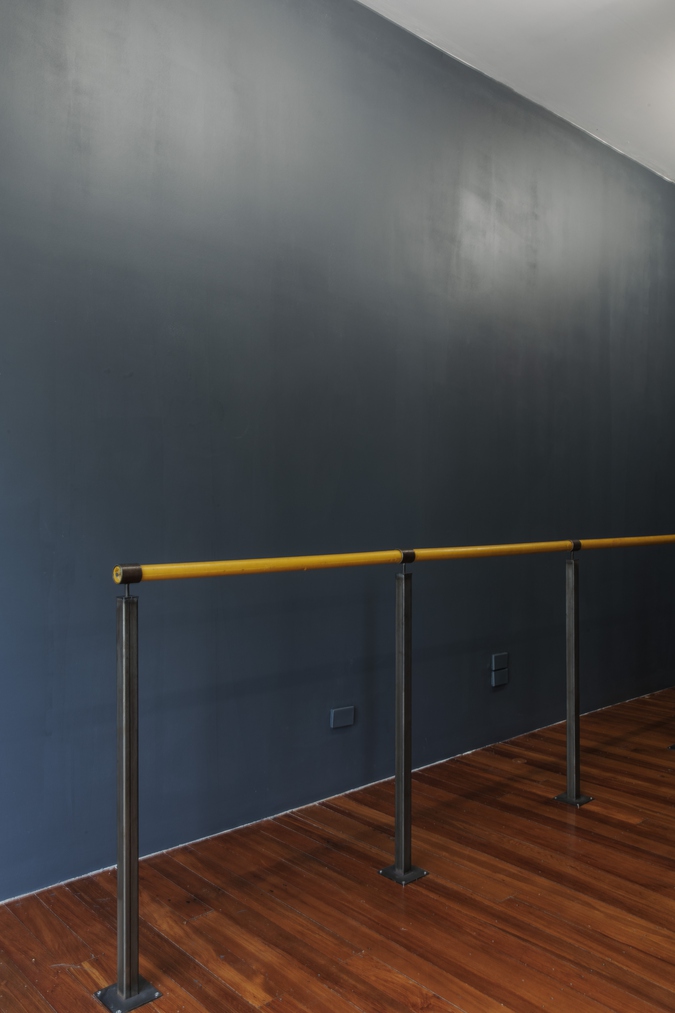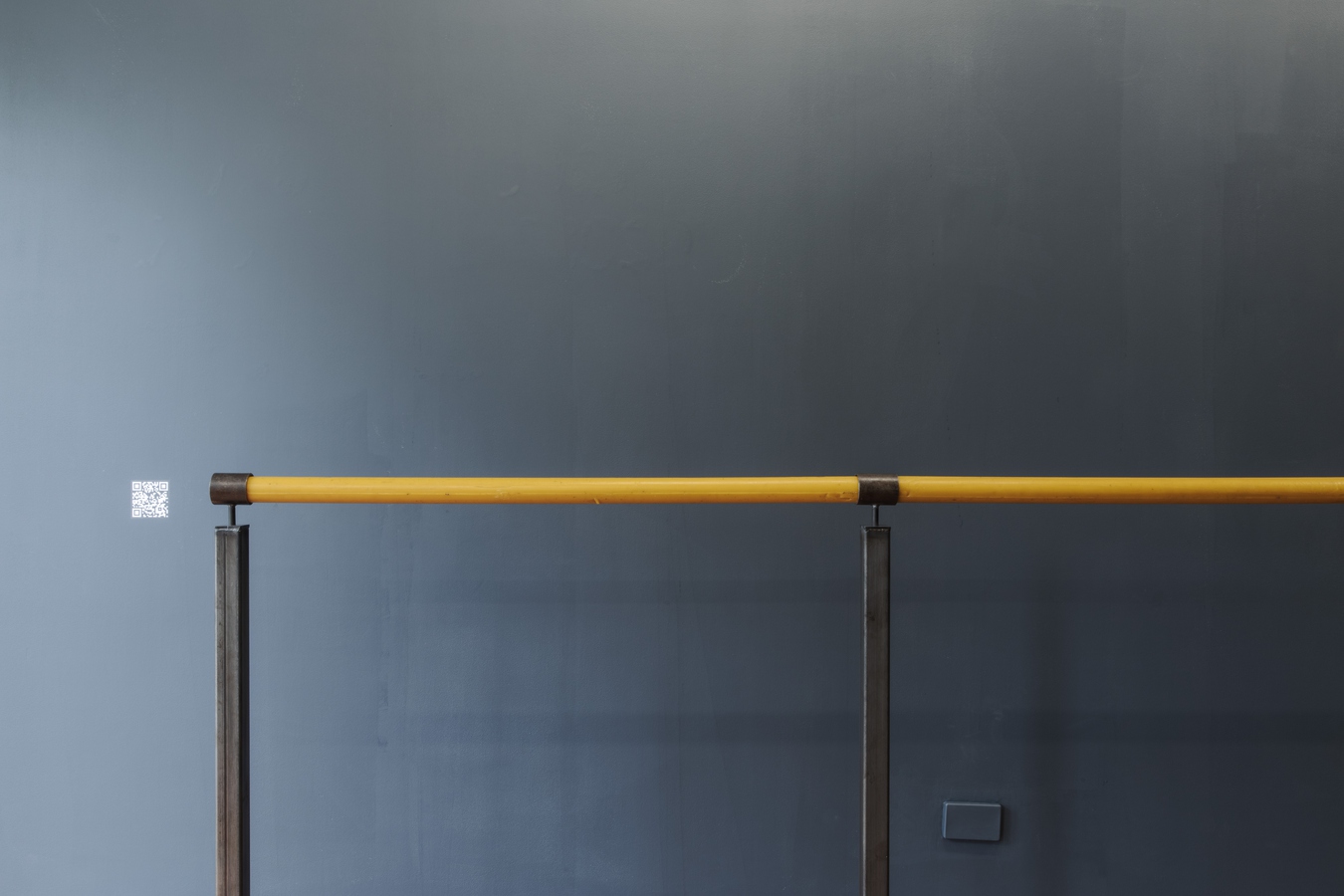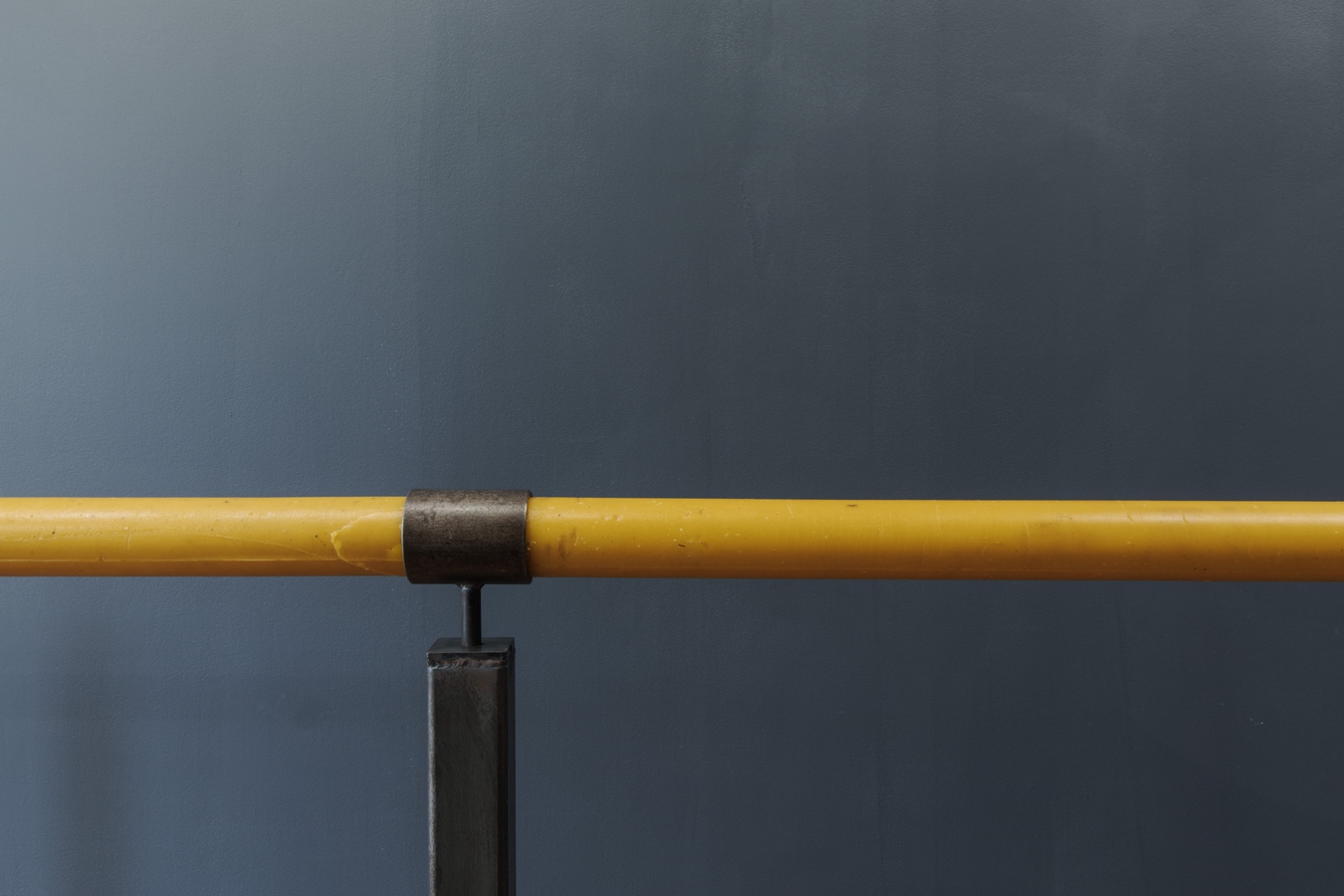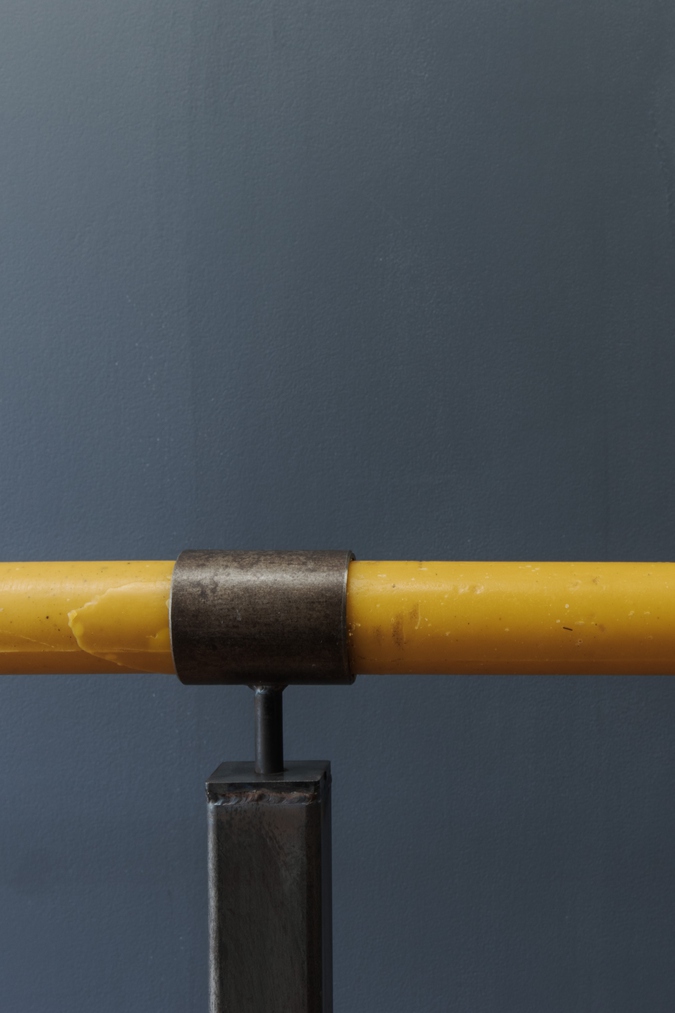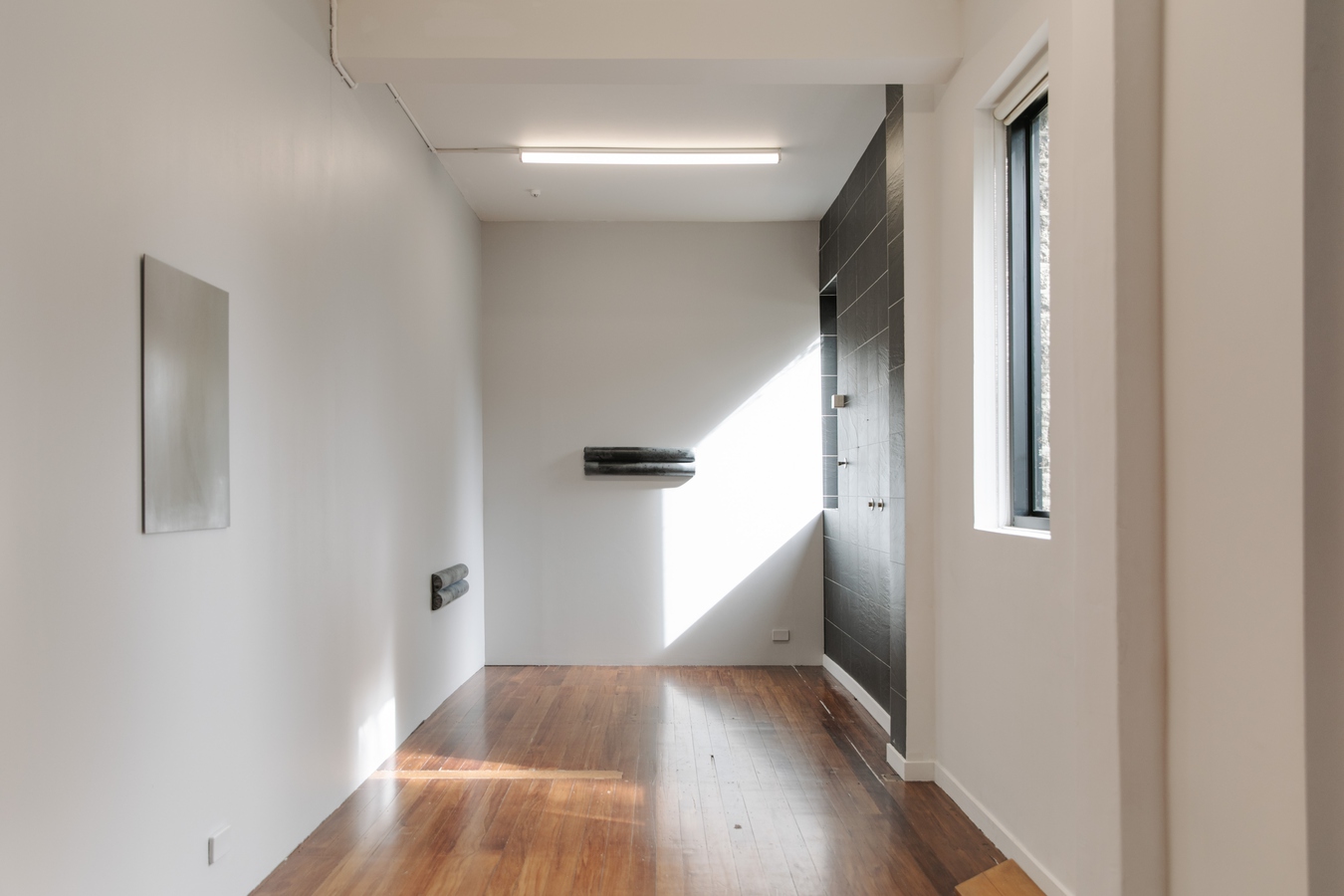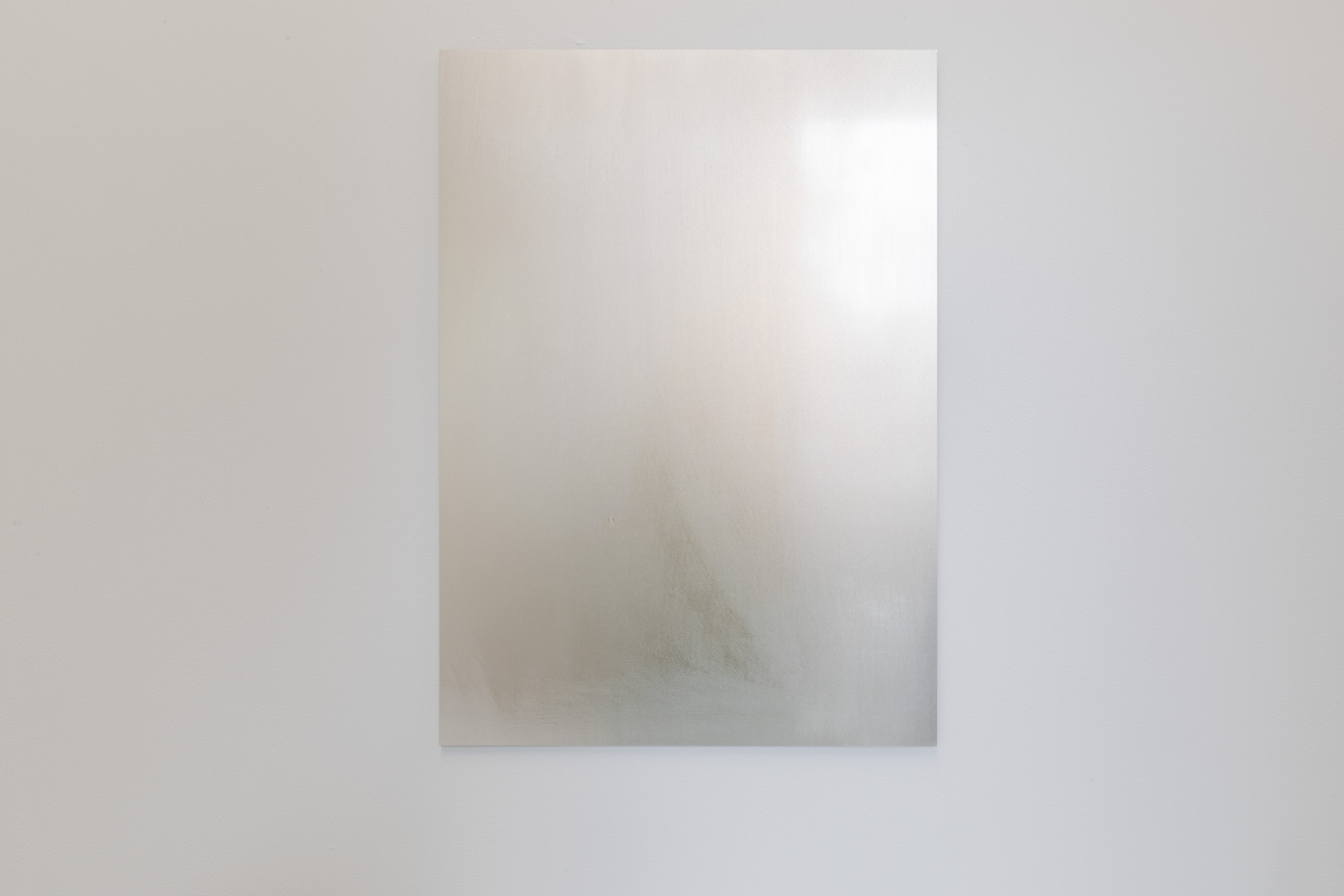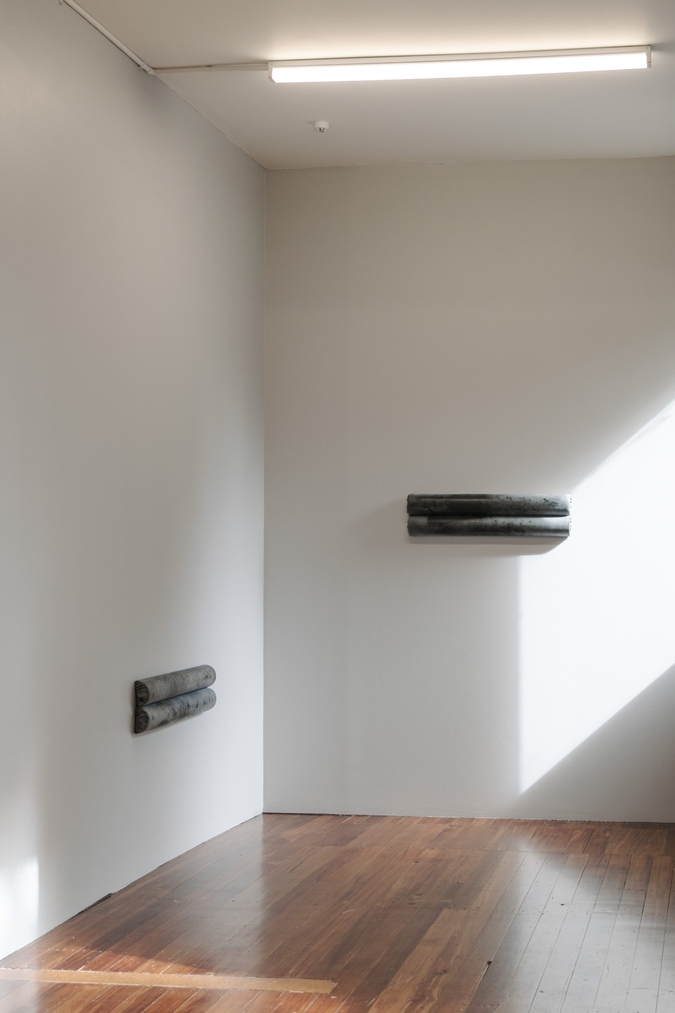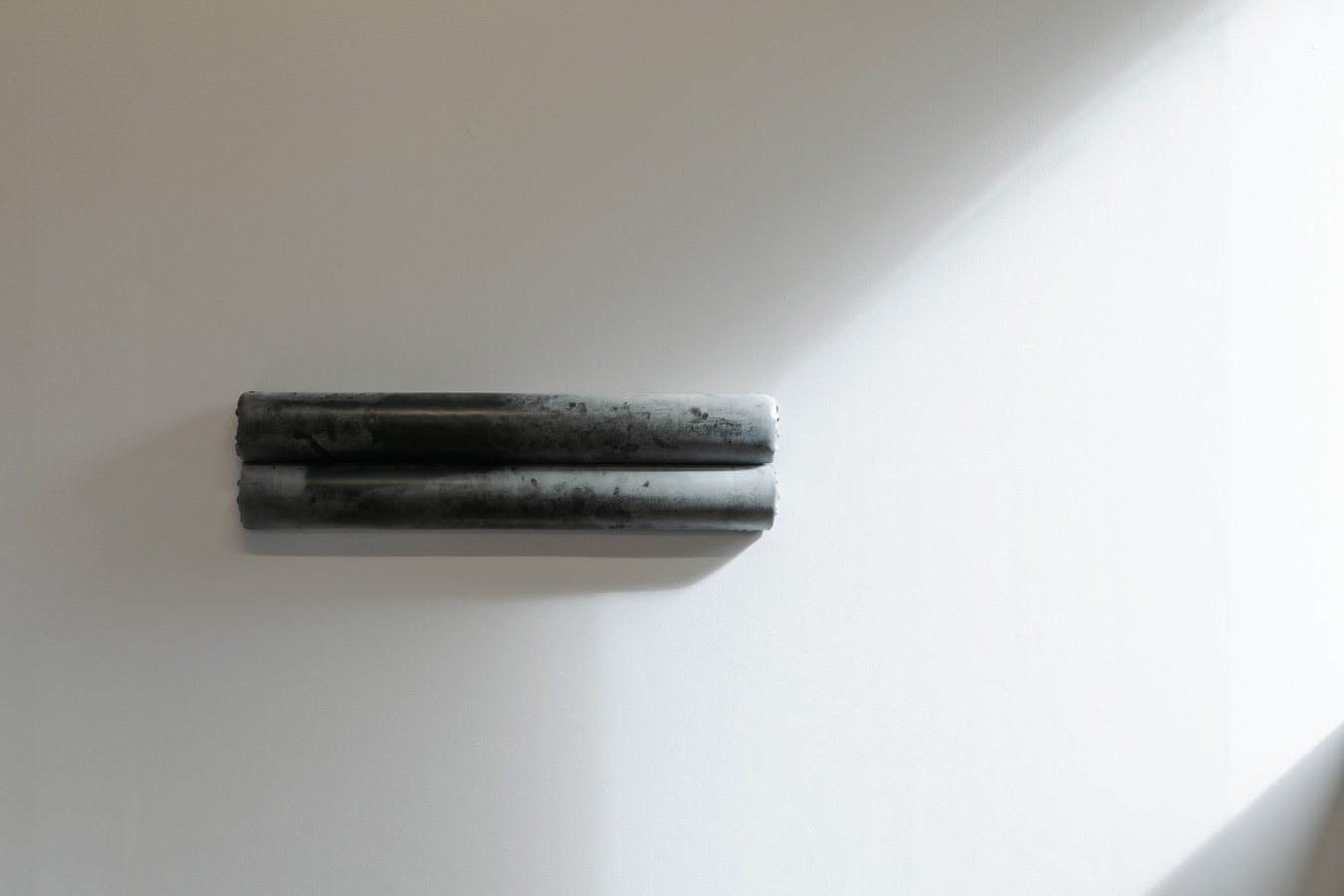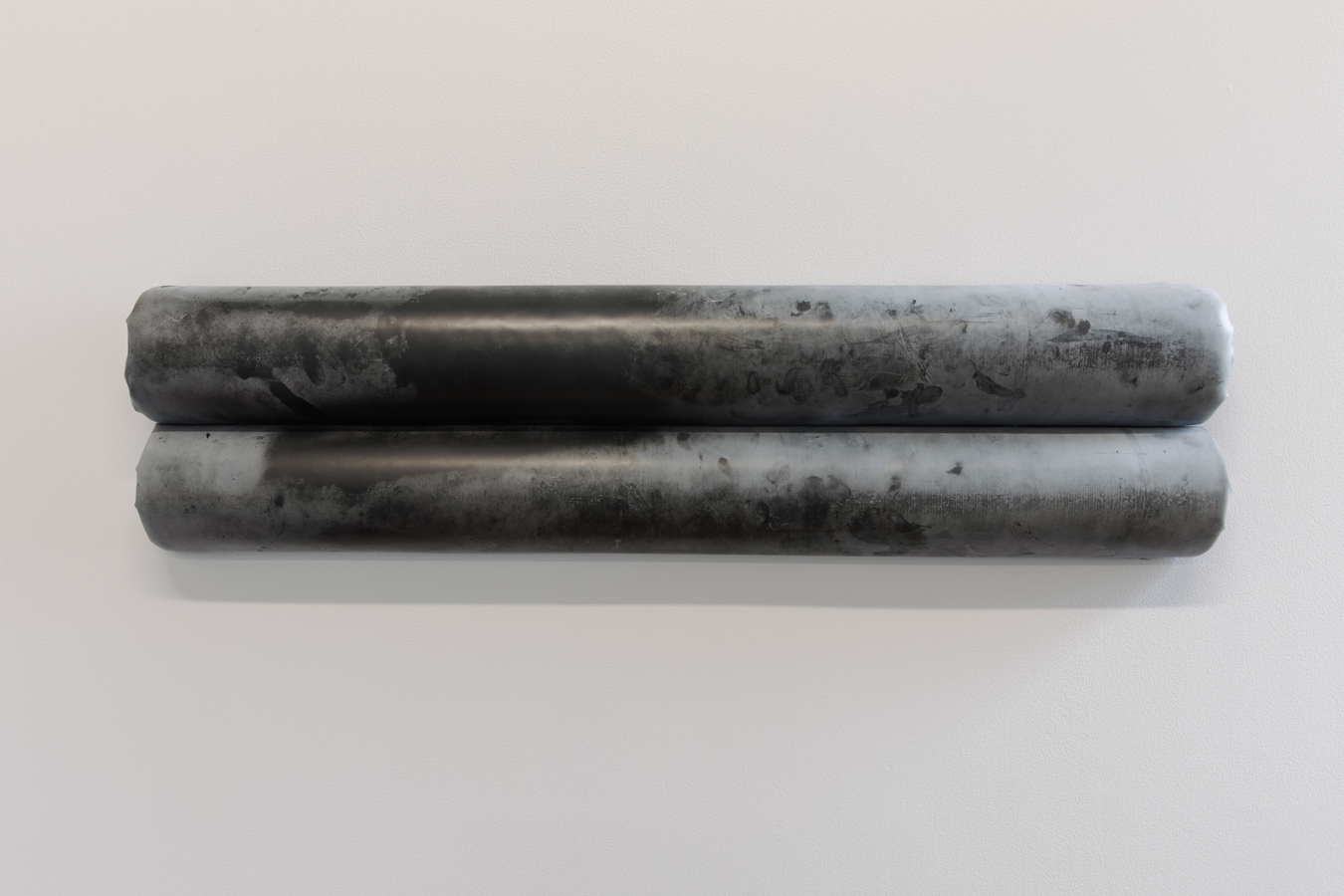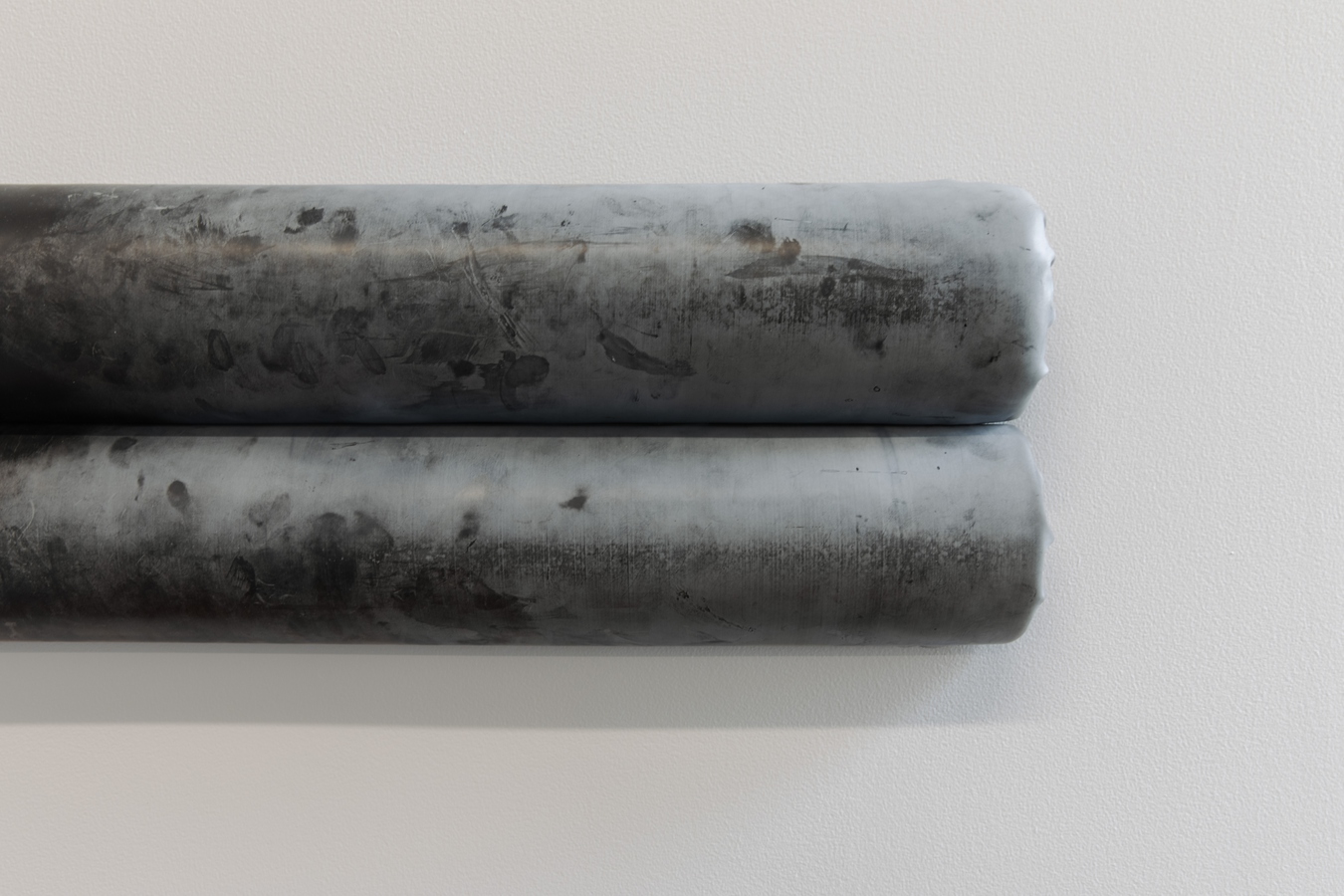Laila Majid, Dayle Palfreyman and Peng Zuqiang
I’m so into you
01 Feb — 28 Mar 2024
I’m so into you
Laila Majid, Dayle Palfreyman and Peng Zuqiang
Curated by Jess Clifford and Abby Cunnane
Whakatau and preview: Thursday 1 February, from 5:30pm
Exhibition runs: 1 February – 28 March 2024
I’m so into you starts with a statement of desire. Bringing together existing works by Laila Majid and Peng Zuqiang with a new sculpture commission by Dayle Palfreyman, the exhibition is about points of contact—physical touch, as well as more immaterial forms of connection—with the spaces we inhabit. Across these works, the physical, desiring self is understood as inextricably related to other people and things, indebted, sticky: a recursive loop where the body and its environment continuously [re]constitute one another. Importantly, in this understanding of desire, unknowability is primary: to want to know is not the same as having a right to access.
Peng Zuqiang’s film Sight Leak (2022) draws on Roland Barthes’ travels to China with the avant-garde literary group Tel Quel in 1974. Barthes travelled alongside philosopher and semiotician Julia Kristeva, and other French intellectuals wanting to align themselves with Mao Zedong’s Cultural Revolution and radical left politics. Barthes’ observations from his time in China were later published in Carnets du voyage en Chine (Travels in China) in 2009. Among other things (obsessive accounts of hands and nails, boredom, lots of thinking about sex with men he saw) the account reflects his frustration at not being able to ‘read’ the people and situations he encountered. Critic Dora Zhang writes, “...in China, he encounters a place that, though not particularly strange, is however also not susceptible to his mode of reading. ‘They have to be taken literally. They are not interpretable,’ he writes of the Chinese. He could not make anything of them.”1 Feeling himself denied access to what he desired to know, to extract from and ‘make meaning’ of, Barthes suffers insomnia and migraines, perhaps symptoms of this unmet desire.
Primarily filmed in the artist’s hometown of Changsha, Peng’s film refracts or refuses the projection of desire cast by Barthes. It does so by asserting its own queer vernacular as embodied experience, and through introducing multiple voices (peers and friends of the artist) who make their own reflections on class difference, looking, and homoerotic desire. The artist writes, “There's a deliberate mismatching on many levels…I was looking for ways to depart from [Barthes’] text, not to be engulfed by it, but to try to open space for other reflections (other than his own)”.
Sight Leak’s register is one in which movement and gesture, conversations between the artist and his peers, acknowledgement of class difference, and the city itself are each given weight, understood as actors rather than a backdrop for the touristic observer. In this way, the singular perspective is destabilised. The film opens in a queer nightclub with dancers on the bartop almost obscured by the lack of light, and closes within a building that is home to a queer sauna. Shots move at walking pace through the city of Changsha, usually tracking the movements of a lone figure and accompanied by spoken fragments, subtitled, from conversations loosely responding to Barthes’ commentary. “Perhaps gazing is less about what I am projecting, than about what the other sees in my eyes, what they see about me.” At one point the figure turns to directly face the film camera, with his own handheld camera, and snaps a shot. The dynamics of who is looking at whom shifts throughout the film, bringing the viewer too into the equation, so that we are compelled to ask ourselves, what does my gaze project onto others, and inversely, what does it reveal about me?
Shot in Super 8 and 16mm celluloid film, Sight Leak dwells on skin, heat, and the peripheral variations of light and darkness that are fundamental to the way we see, and perhaps more accurately, feel spaces. This emphasis on texture and embodied experience is, in part, an effect of the grainy, jumpy Super 8 itself, which critic Travis Jepperson has called “of all the filmic media, the most rudimentary, the most haunted.” The sense of being haunted by, or haunting, a place rings through this work too: to remember somewhere from a distance may be construed as a form of reaching, or longing for contact. The film was made in 2022, and speaking from a more recent return to China, Peng notes how much has changed in the city since he left: “Home is a city that feels further and further away from me.”2
Laila Majid’s works—two Latex headrest (2022-23) sculptures and a single photograph, Steam 02 (2023), from a series documenting her bathroom mirror post-shower—both initiate and resist associations with the physical body. The wall-mounted sculptures’ leathery latex surfaces, reminiscent of gym workout equipment or wipe clean club furniture, are left to ‘cure’ or develop over months in the studio, during which they acquire fingerprints from handling and the dull, powdery bloom of dried sweat. Installed at 90cm and 170cm respectively from the floor, they look as if they might be leaned on, as cushioning support to head and hips. They do not, however, invite our touch; rather the surfaces repel contact, which will certainly leave a trace.
The steam print introduces a sense of intimacy into a public setting, while refusing the expectation of seeing one’s reflection. The work is an opaque index of the artist’s presence, rather than offering a legible image. A question arises here in relation to the exhibition title, I’m so into you. Who or what is the ‘I’ or protagonist in this work? Perhaps it is the artist, asserting sovereignty over their own body/image, and strategically using steam or opacity as a foil to consumption. Perhaps it is the steam itself, embodying its relationship to heat, water, glass. Perhaps it is us, the viewer, desiring something from the image that the medium—UV print on mirrored dibond—refuses us, a reflection of ourselves or the image of another. Read like this, the work also offers an expression of the complexity of our relationship to ourselves. As essayist and poet Dionne Brand said in a recent interview looking back on past work, “I speak of [myself] in the third person because I am the third person as well in some ways”3; even autobiographical work maintains a sense of autonomy or distance from the present us.
Dayle Palfreyman’s sculpture The loosener of limbs (2024), is 10-metre long handrail made from beeswax and steel: materials associated with human and non-human architectures, durability and preservation, toughness and its often-perceived opposite, malleability. Able to be gently touched by visitors, Palfreyman’s work is accompanied by an audio composition made by Cello Forrester, with the intention that gallery visitors may experience both at the same time: the audio work may be accessed by scanning the QR code on the wall, or, by using the gallery ipad and earphones provided. Inverting the norm in which the optical sense is dominant in a gallery, here touch, the warm smell of beeswax, and hearing are considered the primary senses. The loosener of limbs could be read as an invitation to give over some of the vigilant self-containment and individuation stemming from the dominance of cognitive and optical processes, to be open to more fully embodied experience.
The work’s title is a Sappho reference, from fragment 130, about losing one’s bodily autonomy in a state of queer love (other English translations use ‘melter’ and ‘slackener’ of limbs4), and links may be drawn with other thinkers who have questioned the intellectualisation of the physical body. Gayatri Chakravorty Spivak expresses hesitation at the idea of definitively thinking the body: “If one really thinks about the body as such, there is no possible outline of the body as such. There are thinkings of the systematicity of the body, there are value codings of the body. The body, as such, cannot be thought, and I certainly cannot approach it.”5
The handrail, like the bedhead, the armrest, the footstool brings our body into linguistic and actual connection with furniture and rooms, through touching or holding, leaning or resting, and over time these gestures of contact inevitably leave a trace. In practical terms, the installation of Palfreyman’s work requires a number of holes to be drilled into the gallery’s wooden floor, to fix the upright stanchions steady. On deinstallation at the end of the exhibition the artist will refill or mend these with bronze. Without erasing the marks of damage caused, the space will be subtly transformed.
Each of the works in I’m so into you are particular, situated examples of how our physical bodies come into contact with the world—with architecture, materials, cities, and inherited histories. Evading the ‘I’ and ‘you’ of the title, a clear singular subject does not take shape in any of these works. Rather, the overarching mode of address is collective or multiple. Here ‘I’ embodies a will to exceed the borders of self-as-individual; the ‘you’ is an accumulation of forces with agency to reciprocate or refuse. What emerges is an expansive ecology of desire, in which touch and other gestures of contact are recognised as mutually transformative.
“How do you remind the body of new possible gestures?”6 asks author Bhanu Kapil in a recent interview. She is speaking about bodywork, a therapeutic practice in which tension in the soft tissue is released. But the question might also be considered in a more general sense. Thinking of the works in this exhibition, which contend with different forms of desire and its refusal or negotiation, there is a common impetus to come back to the physical body with renewed awareness. That is, to leave the exhibition space more alert to one’s body, your body, the ethics of its relationship to other [human and non-human] bodies in the world, its capacity for pleasure, and to be reminded that the body is always-already a site of transformation.
1 Dora Zhang, ‘The Sideways Gaze: Roland Barthes’s Travels in China’, Los Angeles Review of Books, 23 June 2012: https://lareviewofbooks.org/article/the-sideways-gaze-roland-barthess-travels-in-china/
2 Travis Jepperson, ‘Touch, Gaze, Motion, Memory’, Mousse Magazine 84, Summer 2023, 99.
3 Dionne Brand: ‘Nomenclature—New and Collected Poems’, Between the Covers (podcast), interview with David Naimon, 2 October 2022: https://tinhouse.com/transcript/between-the-covers-dionne-brand-interview/
4 See Anne Carson, If Not, Winter; Fragments of Sappho (New York: Knopf Doubleday, 2009). In another text, Eros the Bittersweet (Illinois: Dalkey Archive Press, 1998), Carson writes, “Desire is not simple. In Greek the act of love is a mingling and desire melts the limbs. Boundaries of body, categories of thought, are confounded.”
5 Gayatri Chakravorty Spivak, as cited by Judith Butler, Bodies that Matter (New York: Routledge, 1993), xi.
6 Bhanu Kapil, ‘Incubation: A space for monsters’, Between the covers (podcast), interview with David Naimon, 2 November 2023: https://tinhouse.com/podcast/bhanu-kapil-incubation-a-space-for-monsters/
--
Laila Majid lives and works in London. She makes still images, video and sculpture that frequently draw on the signifiers of fetishwear, such as latex, leather and plastics. Majid’s practice explores the ways in which objects, and their surfaces, hold traces of corporeal actions and encounters, often pointing to speculative bodily gestures. Recent solo exhibitions include Things to Come, Sherbet Green and Harlesden High Street, London, 2023; Wipe Clean, Rose Easton, London, 2022; and group exhibitions Come Closer, indigo+madder, London, 2023; HMW, Darren Flook, London, 2023; Bloomberg New Contemporaries, South London Gallery, London; Firstsite, Colchester, 2021; and Nude, Fotografiska, Stockholm, New York and Berlin, 2021-23.
Dayle Palfreyman is an artist based in Tāmaki Makaurau Auckland. Palfreyman works with sculpture and installation, primarily using metal and beeswax. Their work explores relationships between desire and repulsion, power and violence, and manipulation and temptation. This is done through materials and objects that demarcate the gallery space, often inviting or repelling touch. Recent exhibitions include To the Friend Who Did Not Save My Life, Enjoy Contemporary Art Space, Te Whanganui-a-Tara, 2023; Mimicry, Depot Artspace, Tāmaki Makaurau, 2023; Tilia (with Hendrix Hennessy-Ropiha), City Gallery Wellington Te Whare Toi Te Whanganui-a-Tara, 2022; On Blushing, Enjoy Contemporary Art Space, Te Whanganui-a-Tara, 2022; and to dissipate, play_station, Te Whanganui-a-Tara, 2020.
Peng Zuqiang lives and works in Amsterdam, where he is currently a resident artist at Rijksakademie van Beeldende Kunsten (2022-24). Peng works with film, video and installations, developing a language of gesture and opacity as forms of reciprocity, counter to dominant regimes of visibility. Recent exhibitions include Sideways Looking, Cell Project Space, London, 2022; Souvenirs of Frictions, e-flux screening room, New York, 2022; Vestiges, Kevin Space, Vienna, 2023; A Story of a Merchant (group exhibition), Kurimanzutto, Mexico City, 2023; Memory is an Editing Station, videobrasil, Sao Paolo, 2023-24; and Dream Time (group exhibition), UCCA, upcoming, 2024, Beijing.
Jess Clifford is a writer, editor and curator from Te Whanganui-a-Tara Wellington, to where she has returned after several years working in art galleries and museums in London, most recently for Tate. She works as the editor for CIRCUIT Artist Moving Image and has produced independent writing and editorial projects, including two anthologies of artist lectures for the Städelschule in Germany, which featured texts by Chris Kraus, Lynn Hershman Leesman and Moyra Davey. Recent curatorial projects include To the Friend Who Did Not Save My Life, Enjoy Contemporary Art Space, 2023.
Audio
Cello Forrester, I’d go eight miles for you, audio file, 3:31 mins
